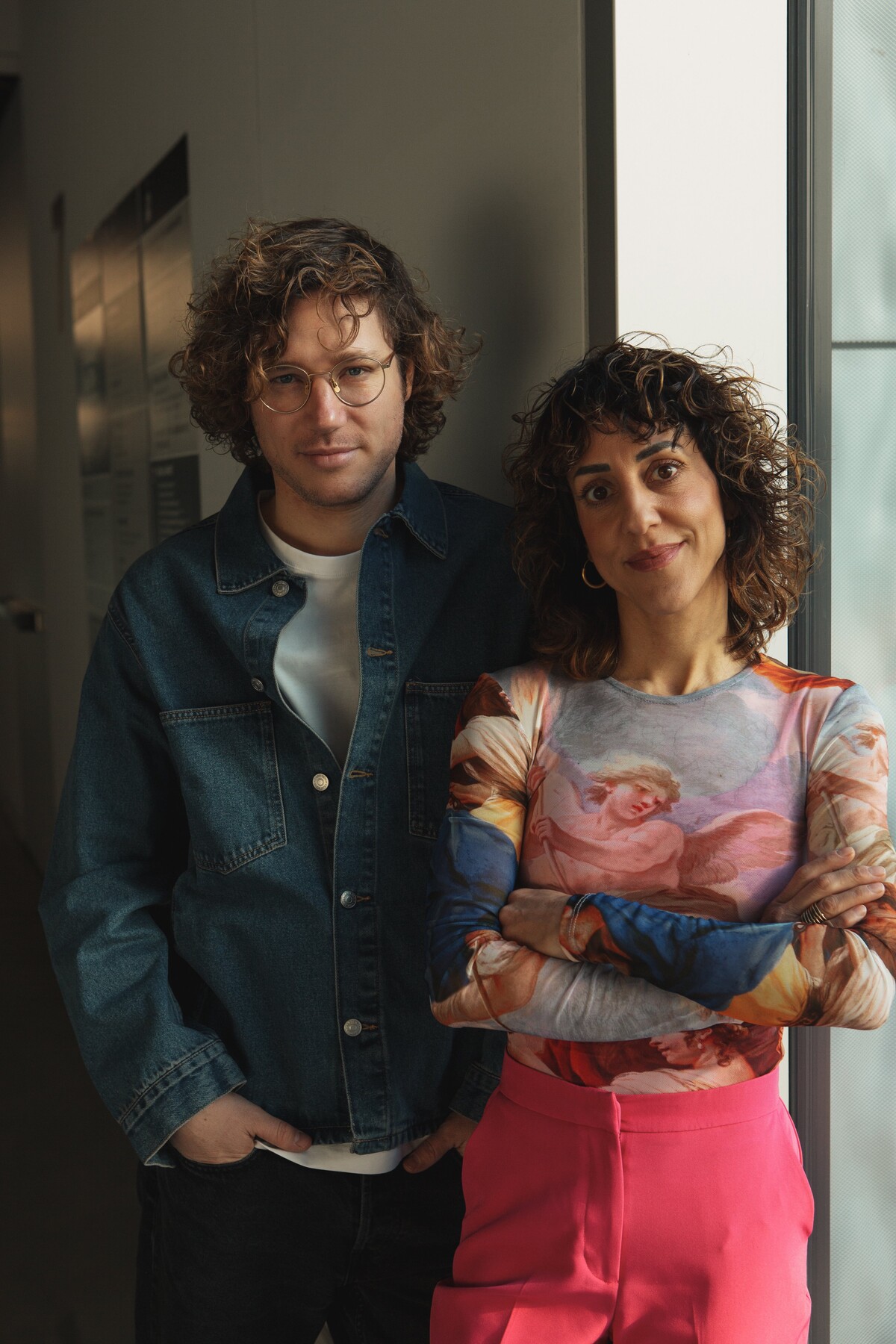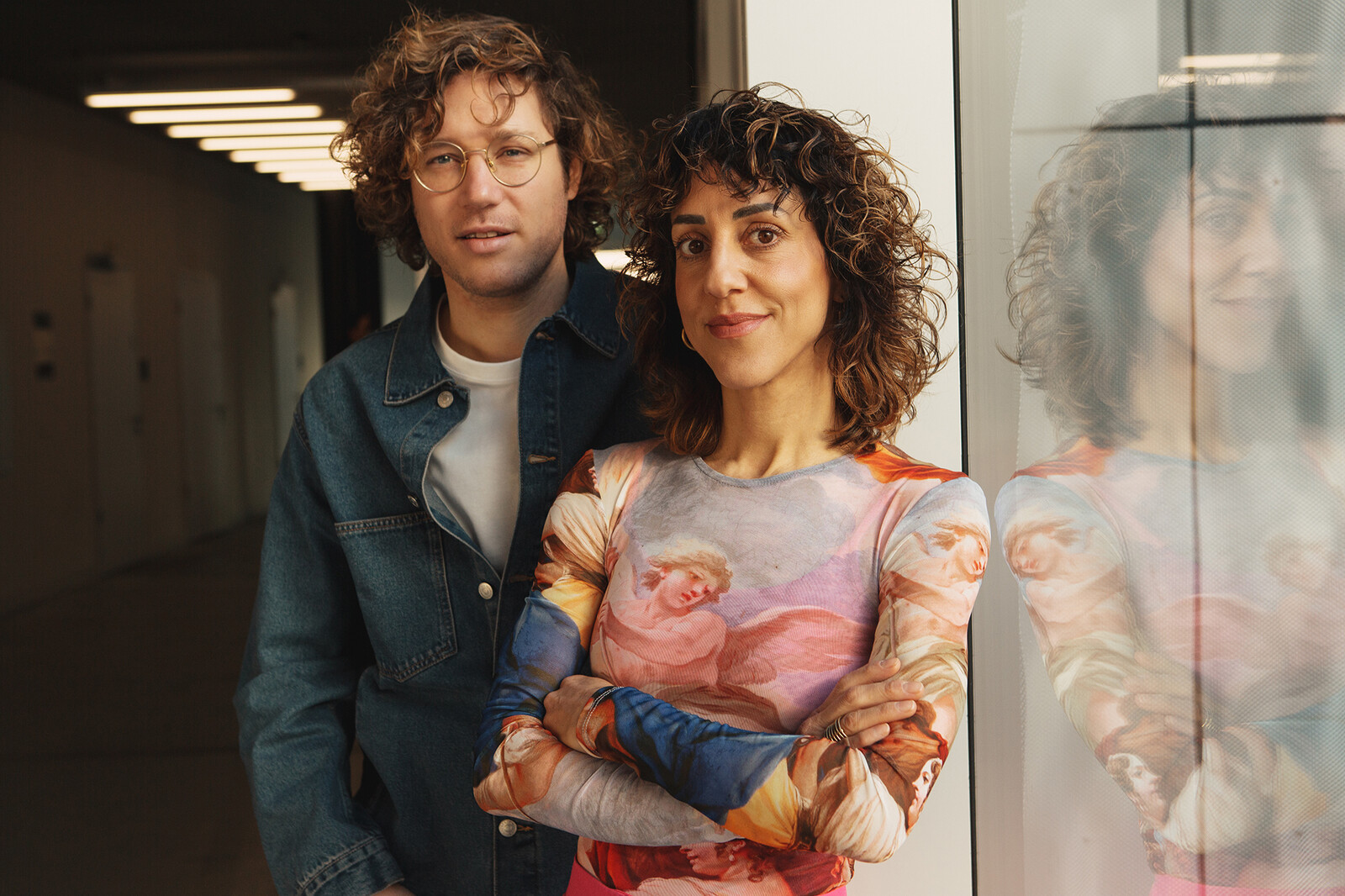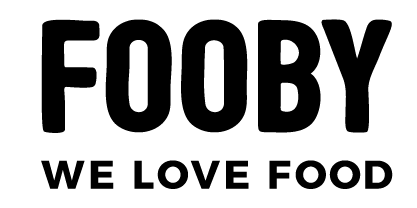The Design Prize Switzerland is a prestigious award that honors outstanding achievements in the field of design. It was established to celebrate and promote the diversity, quality, and innovative power of Swiss design. We had the opportunity to speak with Benjamin Moser and Debora Biffi, the creative minds behind the Design Prize Switzerland, about food design, current and upcoming trends.
With the Design Prize Switzerland, outstanding designs (products, projects, concepts) are awarded in various categories. One category is dedicated to Food Design. What constitutes good Food Design for you?
BM: Food Design is a comprehensive term that involves many elements. When we talk about newly developed foods, good Food Design isn't just about the design itself but also about taste, packaging, and the story behind it: Is it sustainably produced? Does it contribute to the circular economy?
DB: For restaurant concepts, additional factors come into play: the experience, storytelling, atmosphere, and how the food is presented – all of these contribute to the taste experience. Another important aspect is the people behind the products – what motivates them to initiate new projects or concepts?
Food Design encompasses innovative gastronomy concepts, as well as newly developed foods or food packaging. What impresses you the most?
DB: The jury and nomination team of the Design Prize Switzerland evaluate various criteria of the projects. Particularly impressive are interdisciplinary teams that collaborate from the outset and develop concepts that convincingly adhere to a clear design approach – from project inception to packaging and overall experience.
BM: New technologies and manufacturing processes are also important. Examples include "Cultured Meat," "Precision Fermentation," or "Regenerative Foods" – topics that currently engage the food industry and that we want to showcase in the "Food Design" category.

How much functionality must (Food) Design bring? Or, in other words, what is the relationship between function and design?
DB: The function of design is constantly evolving and reflects societal trends. In addition to its traditional nutritional function, Food Design also contributes to important societal benefits. In a digitized world, eating remains one of the few real experiences we share, fulfilling a fundamental human need.
In 2023, Markus Stöckle won the Design Prize in the Food category. What convinced the jury? What distinguishes Markus?
BM: Good design is not only evident in a product but also tells the story of problem-solving – it pushes boundaries, is interdisciplinary, and must work in the market.
DB: The restaurant Rosi combines many aspects of "Food Design" at the highest level. Markus closely collaborates with designer Nonda Coutsicos and creates a unique look and feel, not only in the dishes but also in the presentation and digital space. He experiments, seeks new ways, and continually surprises guests.
What can we expect in terms of new Food Design trends for the current year 2024? What trends can be observed in this regard?
BM: "Experience" remains a significant driver in Food Design. A remarkable example is "We are Ona." They create pop-up restaurants worldwide, where dinners take place in extraordinarily staged locations. Interdisciplinary projects and new technologies in food production, as well as projects around "Circular Food" that produce no food waste, are also on the rise.
DB: In the Swiss scene, "Micro Bakeries" specializing in producing bread and baked goods in small quantities continue to stand out, as do restaurants like "Alba Pizzeria," which focus on preparing perfect sourdough. Internationally, the trend of "Female Connoisseurs" is noteworthy: Women who are successful not only in fine dining but also in founding their own businesses. They place particular emphasis on environmental and social issues, leading the way to a more sustainable and diverse future.





